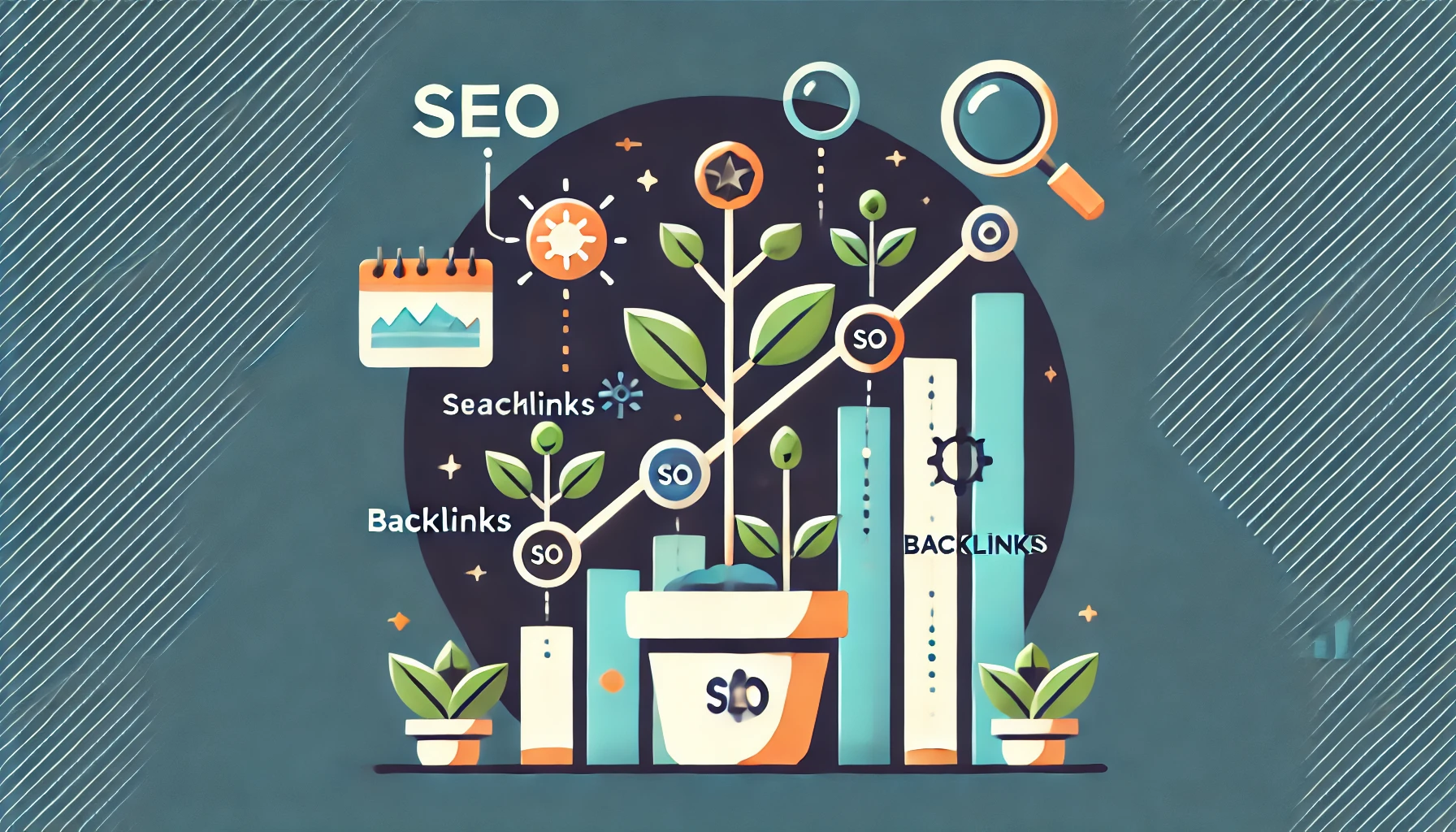SEO vs. PPC: Which Strategy is Right for Your Business?
Team Chapter-001
SEO & PPC Specialists

SEO
Long-term organic growth strategy
PPC
Immediate results with paid advertising
In the digital marketing landscape, businesses often face a crucial decision: Should they invest in Search Engine Optimization (SEO) or Pay-Per-Click (PPC) advertising? Both strategies aim to drive traffic to websites, but they function differently and serve unique purposes. Understanding the benefits and drawbacks of each approach is essential for making an informed decision. This guide explores SEO and PPC in detail, helping businesses determine which strategy aligns best with their goals.
What is SEO?
SEO (Search Engine Optimization) is the process of optimizing a website to rank higher in organic (unpaid) search engine results.
How Organic Search Works
Search engines like Google use algorithms to analyze and rank web pages based on relevance and quality.
Factors such as keywords, backlinks, site speed, and user experience influence rankings.
Websites that consistently follow SEO best practices gain higher visibility and credibility over time.
Pros of SEO
Long-Term Results: Unlike paid ads, SEO efforts can yield results that last for months or years with proper maintenance.
Credibility and Trust: Organic rankings signal authority and reliability to users.
Cost-Effectiveness: SEO doesn’t require direct payment for traffic, making it a sustainable investment.
Higher Click-Through Rates (CTR): Users often trust organic search results more than paid ads.
Cons of SEO
Takes time to see results (typically 3-6 months)
Requires consistent effort and content creation
Algorithm changes can affect rankings
Results are not guaranteed
What is PPC?
PPC (Pay-Per-Click) is a digital advertising model where businesses pay for each click on their ads.
How Paid Search Works
Advertisers bid on keywords, and their ads appear at the top of search engine results.
PPC platforms include Google Ads, Bing Ads, Facebook Ads, and LinkedIn Ads.
Businesses set a budget, define their target audience, and pay only when users click their ads.
Pros of SEO
Immediate Results: Ads can appear instantly, driving traffic within hours.
Precise Targeting: PPC allows demographic, geographic, and behavioral targeting.
Full Control: Advertisers can adjust bids, budgets, and ad creatives in real time.
Measurable Performance: Detailed analytics provide insights into ad performance and ROI.
Cons of SEO
Costs can add up quickly with competitive keywords
Stops generating traffic when budget runs out
Requires ongoing optimization to maintain ROI
Ad blindness can reduce effectiveness over time
Key Differences Between SEO and PPC
| Factor | SEO | PPC |
|---|---|---|
| Cost Structure | Ongoing effort, no direct cost per click | Requires a budget, cost per click varies |
| Time to See Results | Takes months to build rankings | Immediate traffic once ads go live |
| Sustainability | Long-term benefits with continuous optimization | Stops when ad budget is depleted |
| Flexibility & Control | Limited control over search rankings | Full control over ads and placements |
| Click-Through Rate (CTR) | Generally higher for organic results | Lower CTR but high conversion potential |
When to Use SEO

Long-Term Growth
SEO builds sustainable traffic that continues to deliver results over time.
Best Use Cases for SEO
Businesses with long-term goals: Companies aiming for sustainable traffic growth should invest in SEO.
Industries with high competition: SEO helps businesses gain authority and stand out in competitive markets.
Content-driven marketing strategies: Blogs, videos, and educational content benefit from organic search visibility.
Local businesses: Optimizing for local search (Google My Business, local directories) boosts local traffic.
When to Use PPC
Best Use Cases for PPC
Launching new products or services: PPC provides instant exposure and brand awareness.
Time-sensitive campaigns: Promotions, seasonal offers, and event-based marketing benefit from paid ads.
Targeting specific demographics: Businesses wanting to reach a precise audience can leverage PPC’s targeting features.
Testing new markets or keywords: PPC allows businesses to test strategies before committing to long-term SEO efforts.

Immediate Results
PPC delivers instant visibility and traffic for time-sensitive campaigns.
Combining SEO and PPC for Maximum Impact
Many businesses find that a combined approach yields the best results, leveraging the strengths of both strategies.
Keyword Synergy
Keyword Synergy: Use PPC data to identify high-performing keywords and incorporate them into SEO strategies.
Retargeting Strategies
Retargeting Strategies: Use PPC to retarget visitors who found your website through organic search but didn’t convert.
Brand Visibility
Brand Visibility: Dominating both organic and paid search results increases credibility and click-through rates.
Content Promotion
Content Promotion: Use PPC to amplify high-quality content, increasing traffic and engagement.
Frequently Asked Questions
Conclusion
SEO and PPC each have their strengths, and the best strategy depends on business goals, budget, and timeline. SEO is a long-term investment that builds credibility and sustainable traffic, while PPC delivers instant results and precise targeting. In many cases, a combination of both strategies offers the best outcome. Businesses should evaluate their objectives and resources to determine the most effective approach for their digital marketing success.



